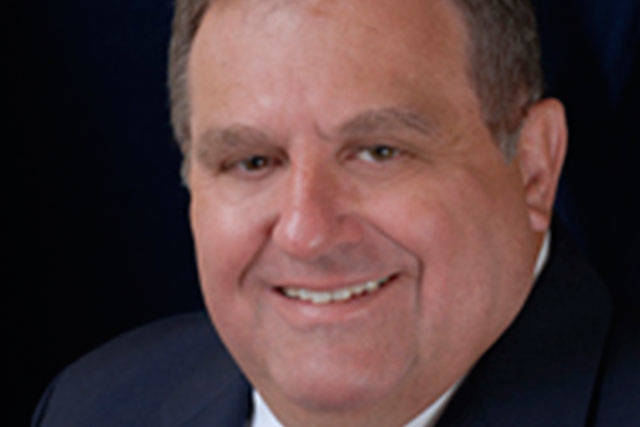On April 21, 1962, the Seattle World’s Fair opened. The “Century 21 Exhibition” ran for six months, drew 11 million visitors, turned a profit and left the Northwest with a wonderful Seattle Center.
Well over a half century later, many of the fair’s landmarks remain and the Center’s 73-acres is a gathering place for people from all walks of life. It is Seattle’s Central Park.
The Space Needle has become Seattle’s landmark. Conceived in an architect’s notebook, it was constructed in eight months at a cost of $4.5 million which is the equivalent of $38.5 million in 2019. The Needle was privately funded.
You have to wonder if a project of this scope and magnitude could happen today with endless hoops to jump through, mounds of government red-tape and construction costs which were unimaginable in 1960.
For example, construction workers building the Space Needle earned approximately $8,100 a year ($3.92 per hour). In May 2018, the Bureau of Labor Statistics reported that structural iron and steel workers working on skyscrapers in downtown Seattle took home over $75,000 annually.
Skyrocketing costs and permitting difficulties aside, there is a larger factor. Does the Puget Sound region have the civic and business leaders today to put on another world’s fair and make a major project like Seattle Center happen?
Former U.S. Senator Slade Gorton was a Seattle Republican state house member in 1962. Reflecting back in a 2012 interview, Gorton said it would be far more difficult today. “In the late 1950s and early 1960s, there was a Seattle establishment consisting mostly of the city’s business leaders, who knew one another well. And when an idea took on with them, it happened.”
“Today, the society is much larger and more diffuse and process takes precedence over substance. And the laws related to environmental impact statements make it extremely difficult to do anything with any degree of rapidity. So, I can’t say it would be impossible, but it would be very difficult.”
Democrat legislative leader Wes Uhlman agrees. Uhlman, who went on to be Seattle mayor and was also a budding Seattle attorney and state legislator.
“Those were exciting days in Seattle and Washington State!” Uhlman, who often took his young sons to the Fair, said.
“At the risk of glorifying ‘the good old days,’ it does magnify the difference between then and now; can you imagine putting together 73 acres today … and building a huge ‘non-conforming’ structure like the Space Needle?”
Former Gov. Dan Evans, interviewed on KCTS for the fair documentary on its 50th anniversary, also credits the unified efforts of city and business leaders. Folks like Joe Gandy, an attorney and Ford car dealership owner, and Eddie Carlson, head of the Westin Hotel chain teamed with city leaders Ewen Dingwall and Al Rochester to provide the local drive to put on the Fair.
Today, whether the project is large or small, it has its opponents. Everyone wants their say and their way. That’s how our system works now. But when it come to the time to quit arguing, projects too often die from prolonged delays, which are costly and drain momentum.
No project can garner 100 percent support — there will always be opponents. Even the world’s fair had its detractors.
“We didn’t argue about whether or not to do the fairs,” Uhlman concluded. “We just figured out how to pay for them!”
We still have visionary people who are smart, innovative and community-minded, but today the cards are stacked against them. Rather than block them at every turn, perhaps we should start clearing a few hurdles so we can make great things happen again.
Don C. Brunell is a business analyst, writer and columnist. He retired as president of the Association of Washington Business, the state’s oldest and largest business organization, and now lives in Vancouver. He can be contacted at theBrunells@msn.com.



